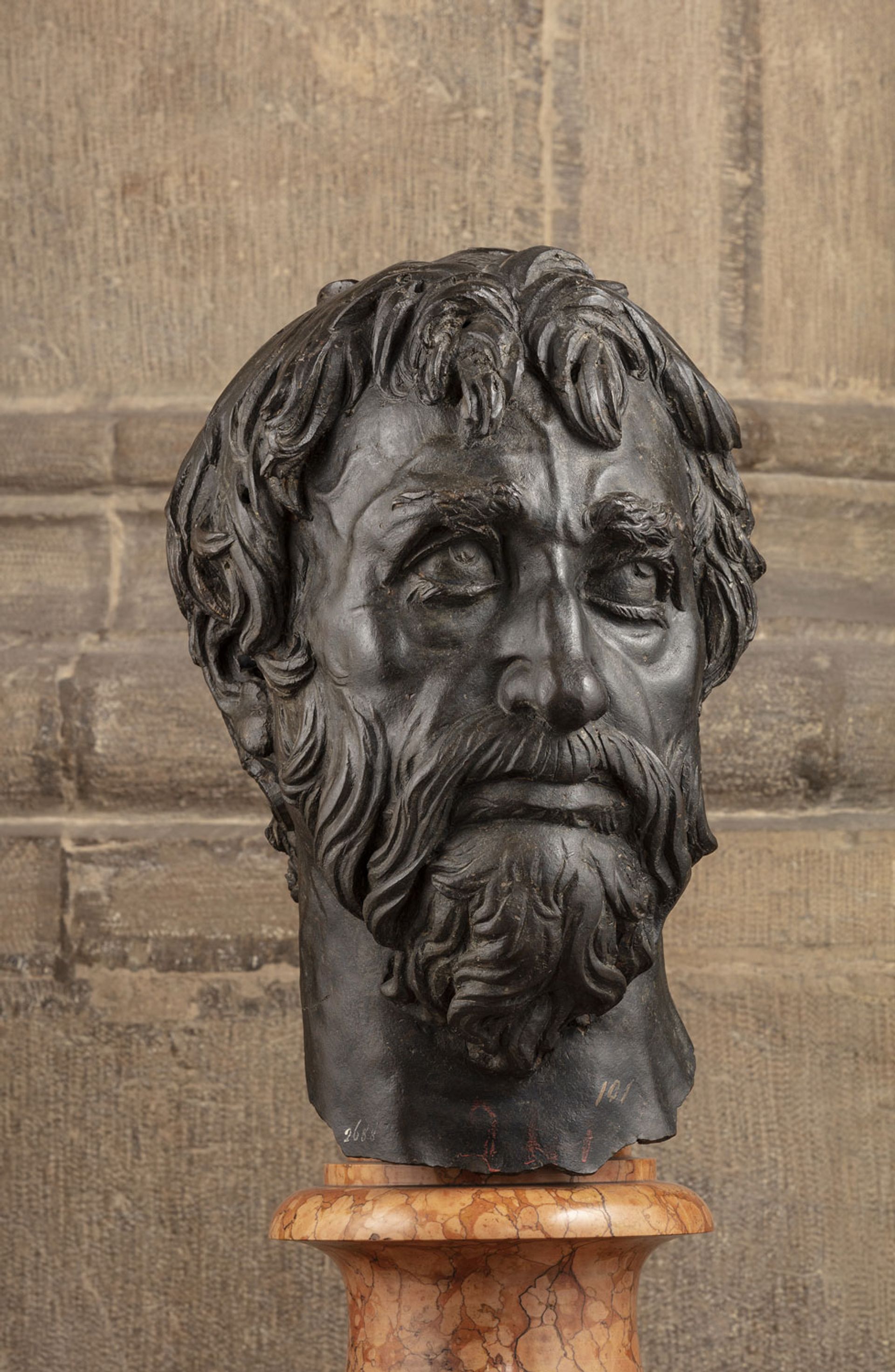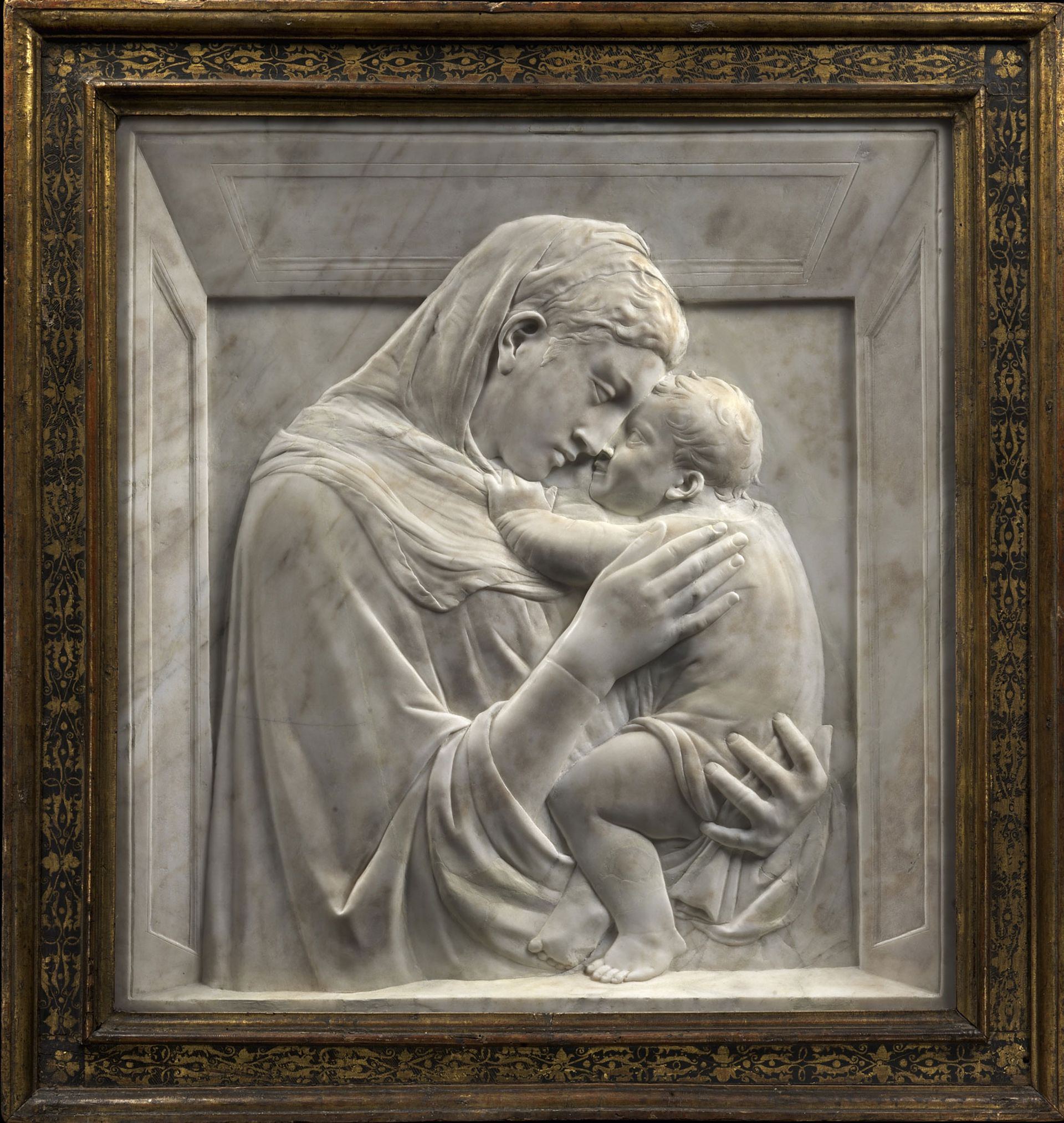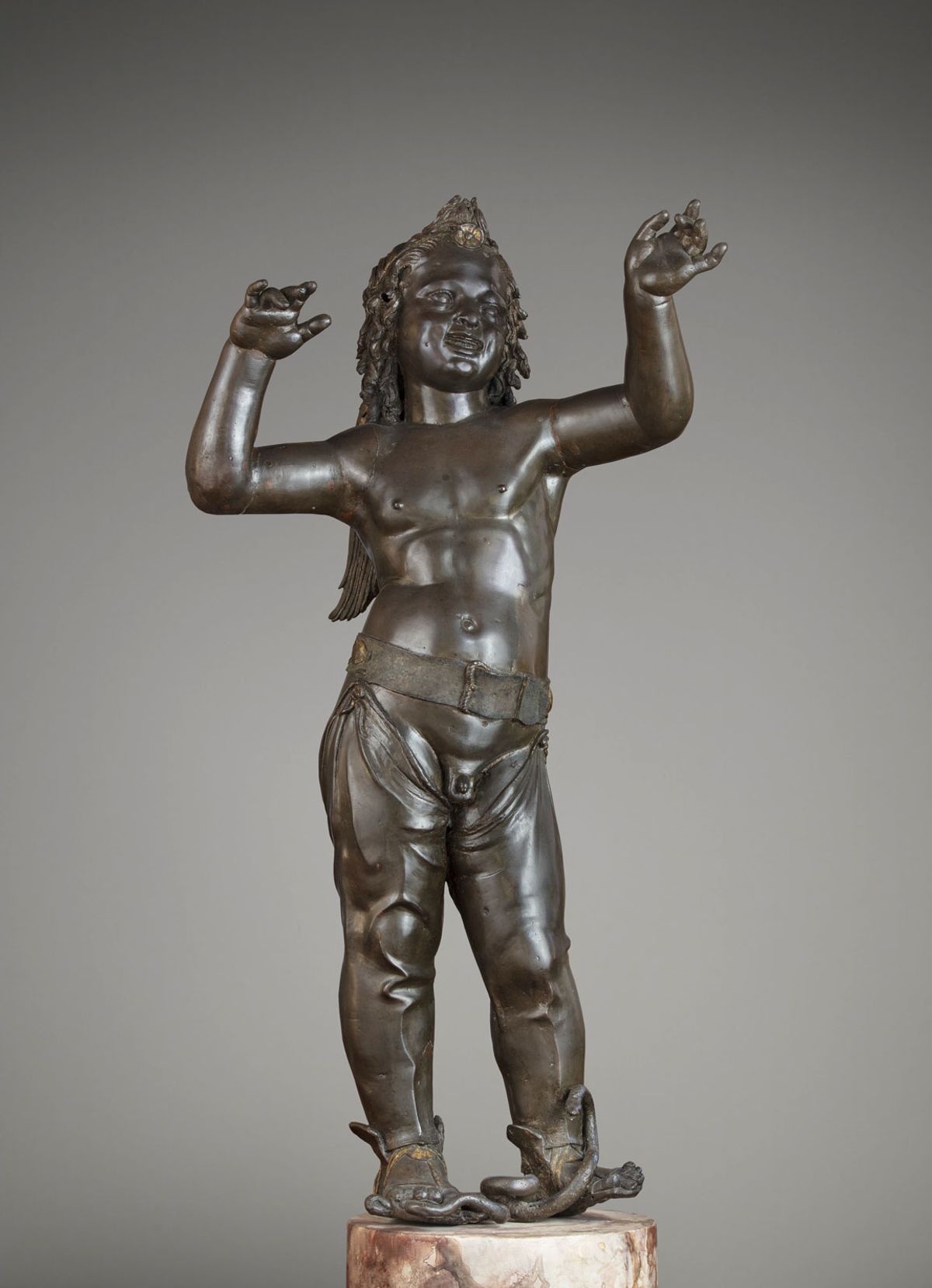The first major UK exhibition of Donatello will open at the Victoria and Albert Museum (V&A) in London next year (11 February-11 June 2023). The Florentine Old Master is considered one of the founding fathers of the Italian Renaissance and one of the most important sculptors of all time. “Bringing together objects and narratives never seen before in the UK, the exhibition provides a unique moment to experience, enjoy and—for those less familiar with his work—discover Donatello’s astonishing talents,” says the exhibition’s curator Peta Motture. “Donatello was a driving force behind the Italian Renaissance and an inspiration to artists across the centuries,” she adds.
Masterpieces by Donatello (around 1386-1466) include the Gattamelata in Padua, thought to be the first life-sized equestrian sculpture since antiquity, and his marble David, made when he was in his 20s in Florence. While the former cannot travel, the latter will be among the highlights of the V&A’s exhibition, which will include around 130 objects by Donatello, his contemporaries and followers.

Donatello's marble David sculpture Museo Nazionale del Bargello, Florence, courtesy of the Ministry of Culture. Photo: Bruno Bruchi
David will be coming on loan from the Museo Nazionale del Bargello in Florence, along with other key pieces such as Donatello’s bronze sculpture of a young boy, Attis-Amorino; Head of a Bearded Man, possibly a Prophet; and the marble St. John the Baptist (Martelli Baptist), which was made with fellow sculptor Desiderio da Settignano.
The V&A exhibition will travel to London from Berlin’s Gemäldegalerie where it is currently on view until 8 January 2023 after having debuted earlier this year split between the Bargello and the Palazzo Piti in Florence. The directors of the two Italian museums, Paola D’Agostino and Arturo Galansino, spoke to The Art Newspaper’s podcast, The Week in Art, in March. D’Agostino called Donatello the “most surprising artist of his time” for his radical experimentation in different media, which can be seen, for example, in the intricate combination of terracotta, clay and glass in the Piot Madonna, which will be coming on loan from the Musée du Louvre in Paris.
The exhibition in Florence was the first major Donatello survey in four decades and the most extensive ever put together. It garnered rave reviews in the English language press, with the Wall Street Journal declaring it “spectacular” and Financial Times describing it as “definitive and thrilling at every moment”. The Art Newspaper’s Big Review concluded that it was a “genuinely once-in-a-lifetime exhibition”.

Donatello's Head of a Bearded Man, possibly a Prophet Museo Nazionale del Bargello, Florence, courtesy of the Ministry of Culture. Photo: Bruno Bruchi
The V&A show will take place in its Sainsbury Gallery, the museum’s largest exhibition space. While the Berlin and London iterations differ slightly from Florentine exhibition, the bulk of the works are the same. A V&A spokesperson says they are “three distinct but complementary exhibitions” that draw on the institution’s “own collections and curatorial expertise”. For example, although Donatello’s bronze masterpiece David Victorious (around 1435-40)—one of the highlights of the Florence show—will not be travelling to London, the V&A has a plaster cast copy in its collection that will be shown instead.
The V&A will show several important works from its own holdings, such as Donatello’s marble relief Ascension with Christ giving the keys to St Peter (around 1428-30) and his bronze relief The Virgin and Child with four angels (Chellini Madonna) (around 1450), which Donatello gave to his gave to his doctor, Giovanni Chellini, as a thank you for treating him.

Donatello's Pazzi Madonna Skulpturensammlung und Museum für Byzantinische Kunst der Staatlichen Museen zu Berlin. Photo by Antje Voigt, Berlin
Other important loans coming to London include two touching Madonna and child marble reliefs, the Pazzi Madonna from the Staatliche Museen in Berlin and the Madonna of the Clouds from the Museum of Fine Arts Boston, as well the Miracle of the Mule bronze relief and a life-sized bronze crucifix from the Basilica of St Anthony in Padua. All these will be shown in the UK for the first time, as will other key works including the marble David and bronze Attis-Amorino.
The exhibition will be divided into thematic and loosely chronological sections, starting with Donatello’s early life in Florence where he learnt to work in wax, clay and bronze in the workshop of Lorenzo Ghiberti and became part of the Medici family circle. Other sections will explore the influence of antiquity on his sculpture as well as the innovative streak he brought to his work. The show will close with a look at his legacy, as well as provide an examination of the “changing attribution of works acquired as Donatello in the V&A’s collection”, according to the press release, and how his works were later copied.
• Donatello: Sculpting the Renaissance, Victoria and Albert Museum, London, 11 February-11 June 2023


